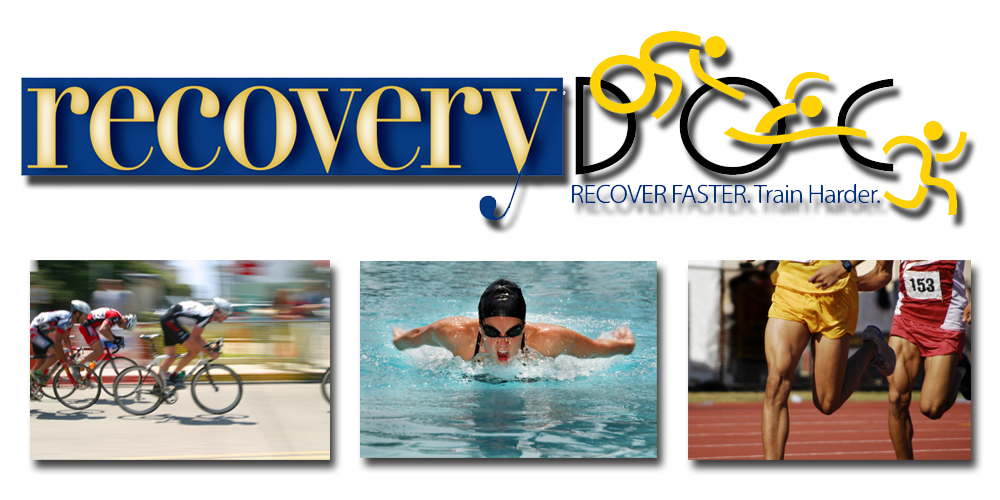Motion Control Shoe Delays Fatigue of Shank Muscles in Runners With Overpronating Feet
The motion control shoe is a well-developed technology in running shoe design for controlling excessive rearfoot pronation and plantar force distribution. However, there is little information on the leg muscle activation with different shoe conditions.
HypothesisThe motion control shoe can prevent excessive shank muscle activation and delay fatigue.
Study DesignControlled laboratory study.
MethodsTwenty female recreational runners with excessive rearfoot pronation were tested with running 10 km on a treadmill on 2 days. Participants wore either a motion control running shoe or neutral running shoe on each day. Activities of their right tibialis anterior and peroneus longus were recorded with surface electromyography. The normalized root-mean-square electromyography and median frequency were compared between the 2 shoe conditions.
ResultsSignificant positive correlations were found between the root-mean-square eletromyography and running mileage in both the tibialis anterior and peroneus longus in the neutral shoe condition (P <.001). The median frequency dropped in both shoe conditions with mileage, but paired t tests revealed a significantly larger drop in the neutral shoe (P < .001 for peroneus longus, P = .074 for tibialis anterior).
ConclusionThe motion control shoe may facilitate a more stable activation pattern and higher fatigue resistance of the tibialis anterior and peroneus longus in individuals with excessive rearfoot pronation during running.
Clinical RelevanceThe motion control shoe may increase the running endurance, thus reduce overuse injuries, in athletes with unstable feet during long-distance running.


.JPG)





No comments:
Post a Comment